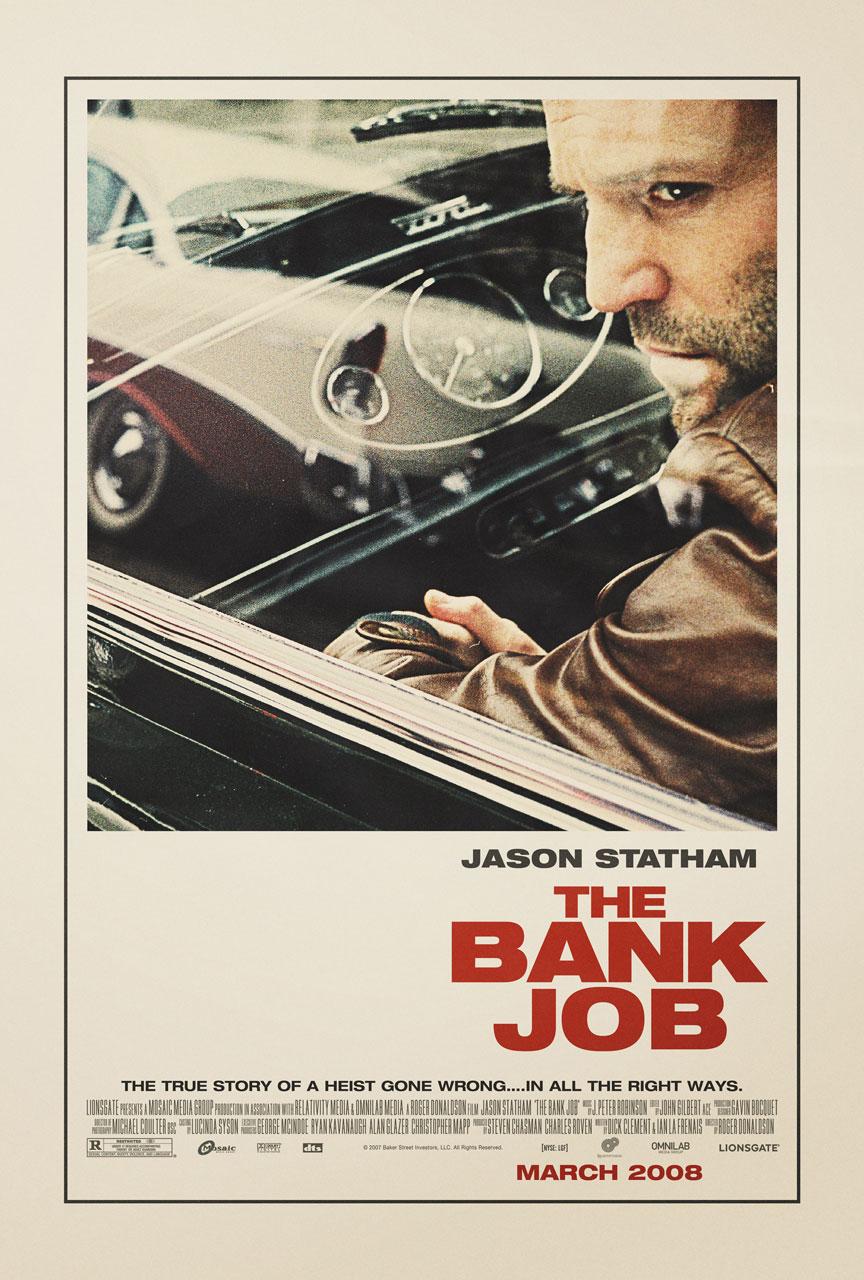My previous experiences with the IMAX screens were 100% complete experiences - meaning the entire film was shown in IMAX format. However, Nolan's film is not a "complete" IMAX experience. I was very anxious about how the film would handle the transitions between formats.
Having now seen the film, I can say that the transitions are not jarring at all and further: the switching serves the IMAX format better. The transitions occur seamlessly within a traditional cut in a scene and because of the sheer size of the IMAX screen even the relatively smaller aspect ratio, it is still bigger than any traditional theater. It's still a "larger-than-life" experience of The Dark Knight and for me: bigger Batman equals better Batman.
However, the most noticeable aspect of this viewing experience is how The Dark Knight showcases the appeal of IMAX specifically because Nolan carefully chose the IMAX format with restraint. Truthfully, one only needs an IMAX for a certain type of film - the big Hollywood blockbuster. Small films like The Visitor (Thomas McCarthy, 2007) - a nugget of cinematic gold from earlier in the year - have no need for the IMAX format. It's not a film that is better-served by intensifying screen and sound.
The Dark Knight IS a film suited for the IMAX screen. If you've seen the film already, then you can probably guess which scenes will appear in the larger format. What you don't know is just how intimidating some of the images can be. Recall the opening scene of the film with and aerial push-in on a glass skyscraper. The building dominates the screen and one almost expects to see themselves in the reflection anyway.
But Nolan only uses the IMAX format for certain shot or scenes. Sometimes the shot may only be a few seconds but on the IMAX, no detail is lost. Here is the point - every time The Dark Knight switched to the larger screen a certain hush warmed over the audience. Yes, my jaw dropped slightly and my grin stretched a little wider. Every time.
Films such as Tim Burton's Charlie and the Chocolate Factory (2005) are 100% IMAX films and after a few moments the eyes adjust to the large format and the novelty wears thin. The constant switching keeps the eyes working. In keeping with one of the themes of this blog, The Dark Knight IMAX experience is a must-see precisely because it ISN'T fully IMAX - a worthy visual onslaught.
Trust me.


